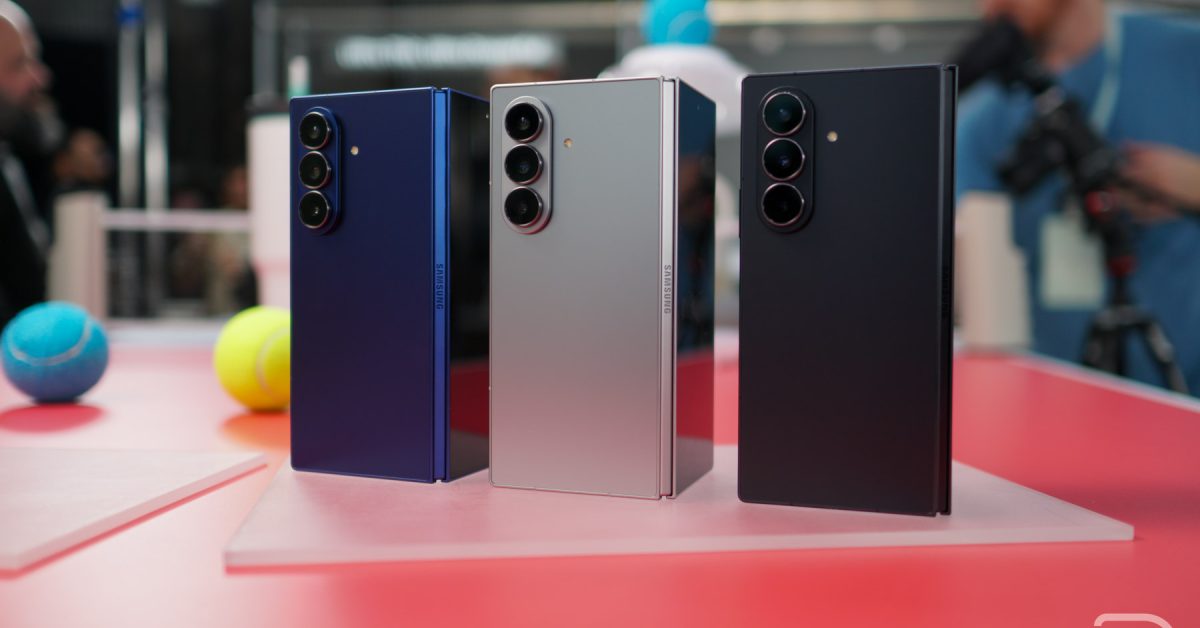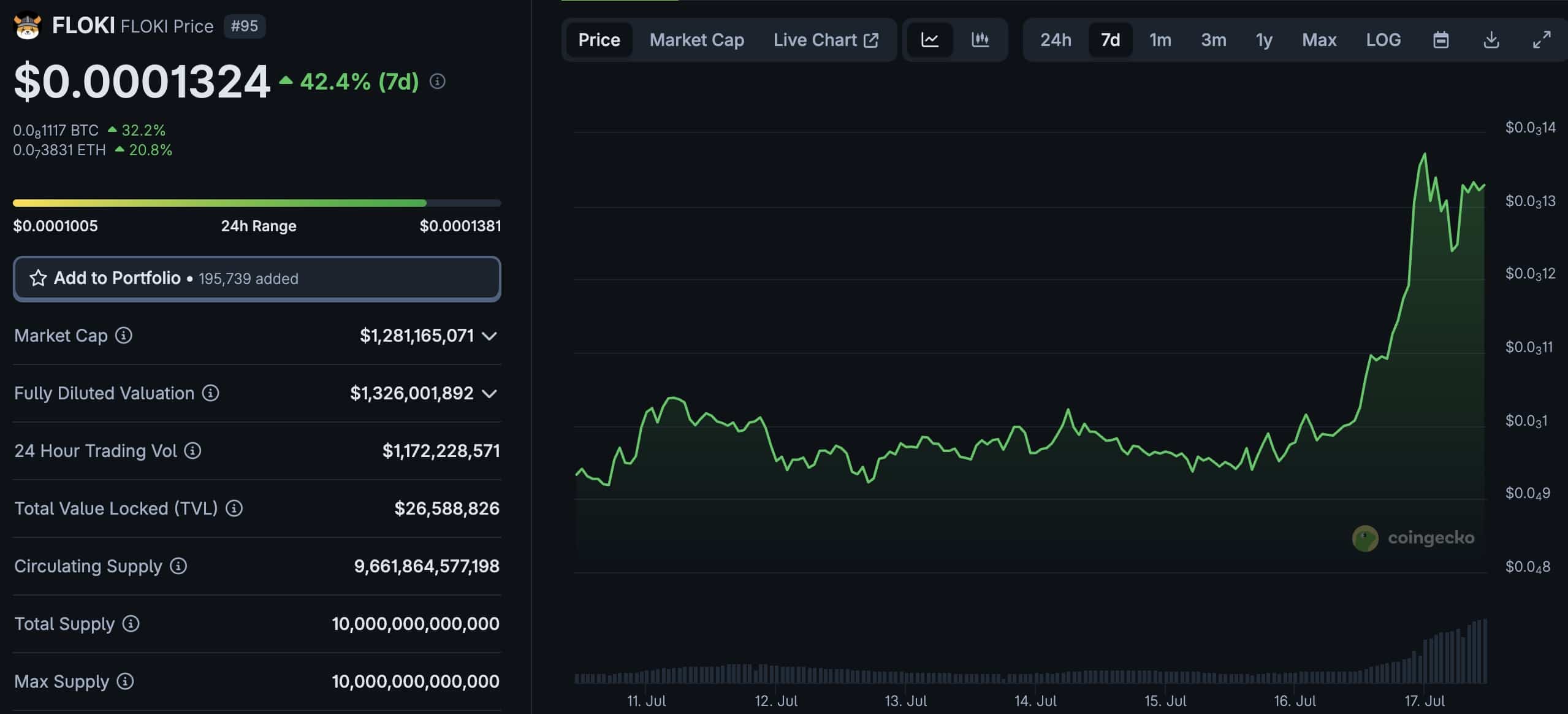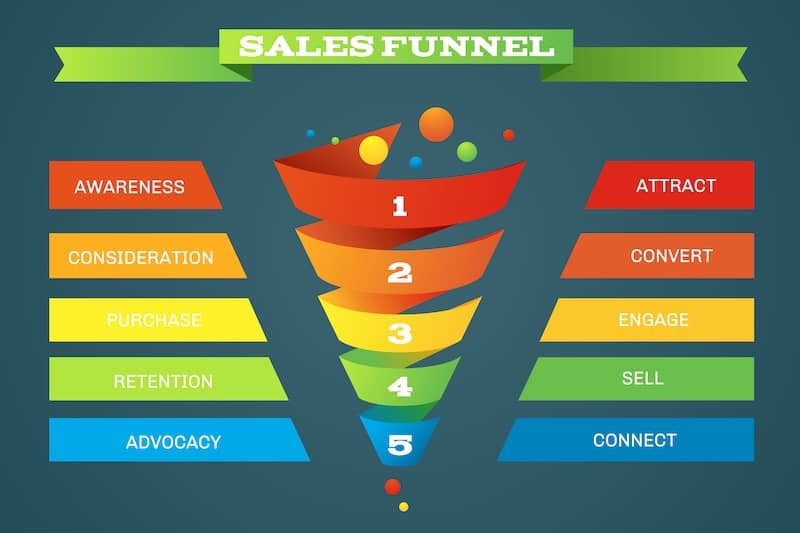In the high-stakes business world, the success of your sales funnel depends on the number of people you convert. That’s why it’s so important to make a funnel that strategically guides your prospects through several stages, ultimately resulting in a purchase.
Keep in mind that there’s no universal solution. Every funnel is unique and should support your specific business goals.
Most people who visit your website will not be ready to purchase on that initial visit, so forming a relationship with them is vital for conversion. A high-converting custom sales funnel will help you build relationships with prospective customers. Be sure to include these seven key elements in yours today.
1. Defined Buyer Profiles
The first step in attracting customers to any business or service is to define your target audience. You must understand your buyers and what motivates them before you can sell to them. Any insight you gain will help you better meet their needs and solve their problems.
Break your audience into groups based on demographics like age, location, buying habits, and lifestyle. That way, you can send the right message to the right people, like a tailored email or a funnel page built just for one segment. Personalized funnels convert better, and it all starts with knowing your customer.
2. Varied Outreach Attempts
Where prospects are in the sales funnel will determine your outreach type. Knowing when to reach out and which strategy to apply is crucial for effectively moving them through the funnel.
Cold Outreach
This outreach strategy is all about making that first connection. Use it during the awareness stage to introduce people to what you offer, like ads, emails, or content that sparks curiosity.
Warm Outreach
This strategy kicks in once someone knows who you are. At this point, it’s about building trust and nudging the target audience closer to a decision. Try follow-up emails, retargeting ads, phone calls, or personalized messages based on what they’ve already interacted with.
3. Organic Traffic
The first step of your funnel is all about attention: getting people to notice your brand and start engaging. This is the awareness phase, and it’s where organic traffic plays a big role.
One of the best ways to boost visibility? Search engine optimization (SEO). Most visitors still come through search engines, so showing up where people are already looking gives your funnel a strong, steady start.
4. Email Campaigns
You could have the best product and a website that attracts a high volume of visitors. Your sales won’t increase unless you connect with the people you’re attempting to sell to.
With email outreach, you build and grow relationships by sending thoughtful messages and following up regularly. This best practice helps your brand get noticed. It works well alongside cold and warm outreach to get people interested in what you’re offering.
Some effective email campaign strategies might include:
- Making your emails as personal as possible
- Leading with the most relevant information
- Providing directions about the next steps (e.g., “Reply to the email.”)
- Being specific and concise
- Keeping the conversation casual and friendly
- Following up days later, and including any additional information and special offers
5. Lead Nurturing that Builds Trust
Growing your email list is a great start, but what you do next matters most. The next step is sparking genuine interest once someone is aware of your brand.
Keep the interaction going to move people through your funnel. Send campaign emails that offer value. Answer their questions. Share helpful tips that make their journey easier.
These personal touches build trust, keep your leads engaged, and get them one step closer to saying yes.
6. Lead Conversion
Lead-nurturing emails are a powerful way to turn people into buyers, but there are other ways to reach them, too. Some customers prefer following you on social media or subscribing to your website instead of joining your email list.
Here are some ideas to keep your leads moving through the sales funnel:
- Share reviews and testimonials to build trust.
- Set up a system to identify leads most likely to buy.
- Share product demos or how-to videos.
- Offer free samples or discounts to encourage purchases.
- Tailor special offers for different customer groups.
- Use ads to target people already interested in your product.
- Post helpful content on your website or social media.
- Track your results and conversion metrics to keep improving.
7. Customer Metrics
You don’t want customers to buy once and disappear. Even worse is one who shares a bad experience.
Stay connected after the sale to keep customers happy. Help them get the most from their purchase, listen to their feedback, and show them how your product or service works. That’s the heart of building customer loyalty—creating an experience they’ll love and want to come back to.
A high-performing sales funnel helps turn interested people into paying customers. It guides them through every step, from learning about your product to making a purchase. Funnel marketing software can set you up for success and help you maximize your return on investment. When you build a funnel, you build a following.








